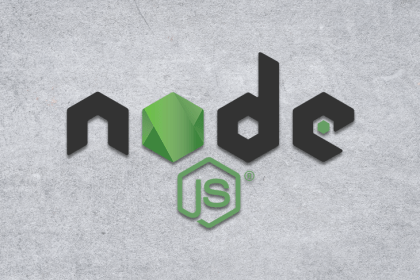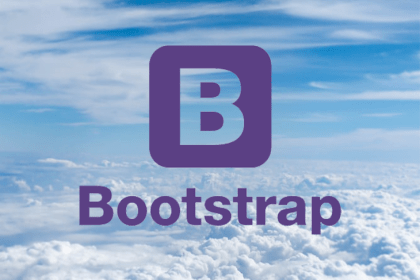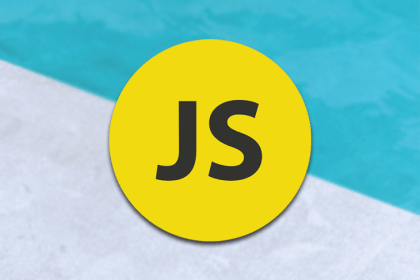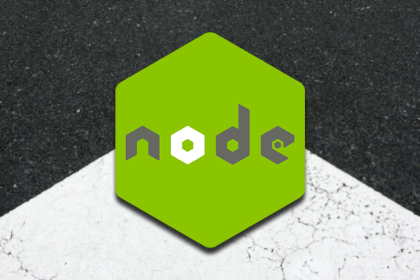
In this tutorial, we will work with Vue, Vue Router, Vuetify, and node-fetch to build the front end of an inventory management application.

Building a Slackbot is a great way to automate notifications about app activities. We use Node.js to build a simple app and test the bot.

Focus on component-based architecture using Stitches, a server-rendered CSS-in-JS library that provides built-in support for variants.
The react-avatar library provides an intuitive way to build an avatar-creation feature into your React application.

In this post, we will look at functional components using React Hooks and why you should use them over class components.

Find out why Bootstrap remains popular with this overview of some of its best features including its navbar and Jumbotron features.

Learn how to build and implement a client-side routing system using JavaScript History API to easily work with a framework routing library.

Get a complete run-down of the HTML form input element in this comprehensive tutorial.

Read what JavaScript language features, improvements, and changes are new in Node.js 15 that help improve the developer experience.

Learn how to apply code-splitting and lazy loading to React components with React.lazy() and React.Suspense.

In this tutorial, we’ll show you how to improve your app’s performance by using GPU.js (accelerated JavaScript) to perform some complex mathematical computations.

Review some of the most common pitfalls of local state management in React, along with the patterns to help avoid them.